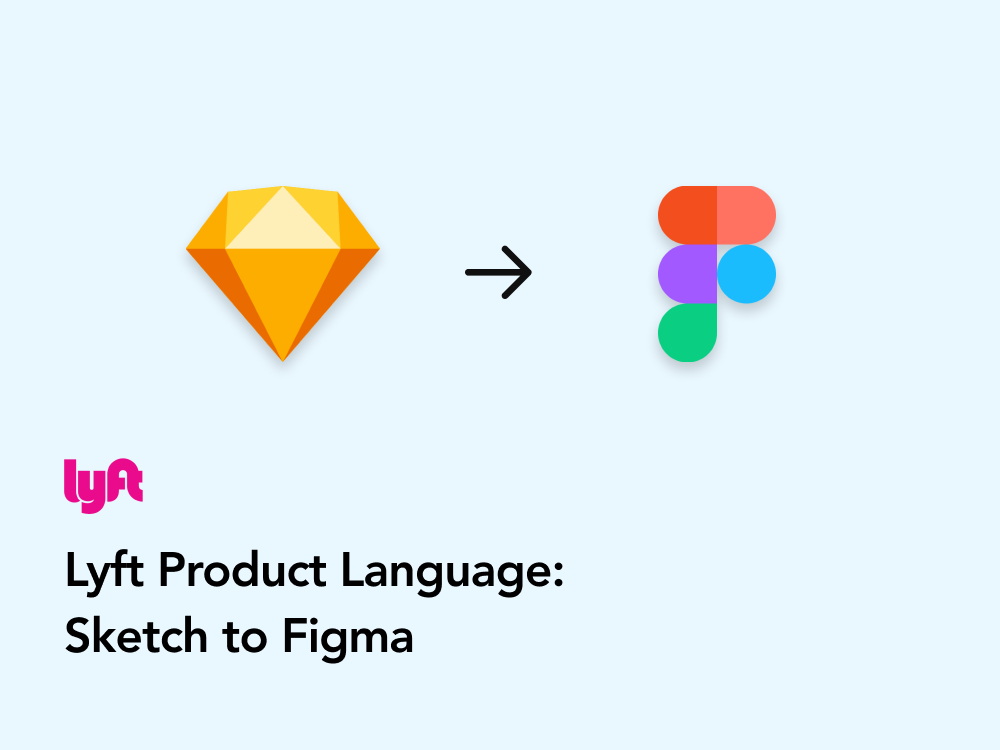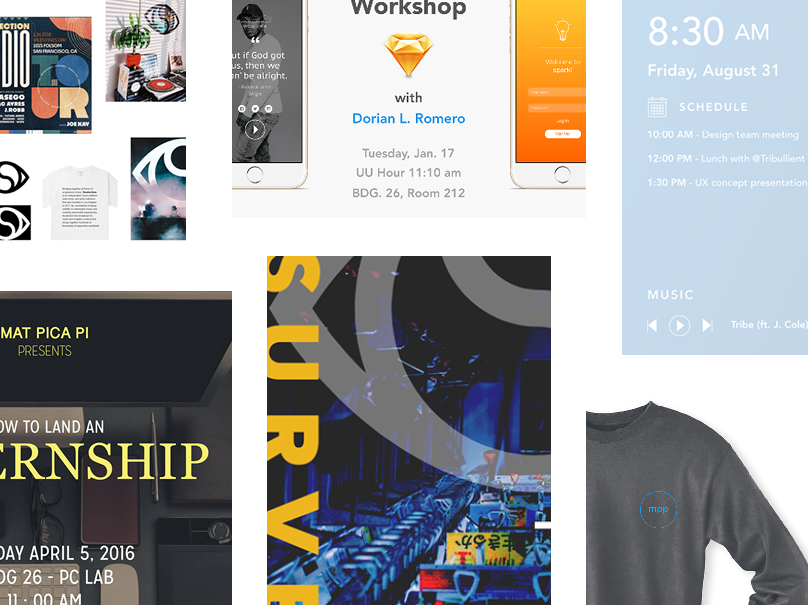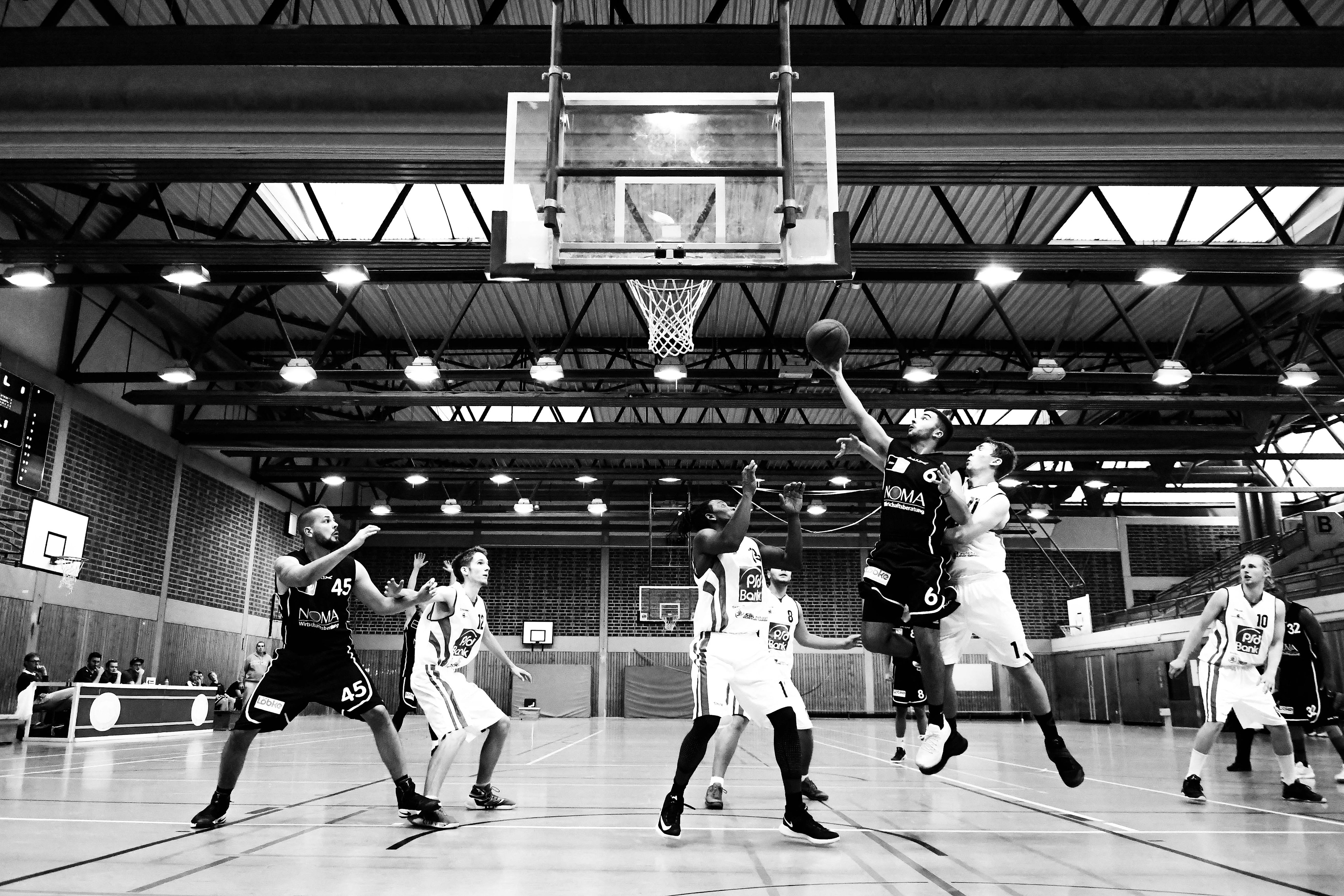
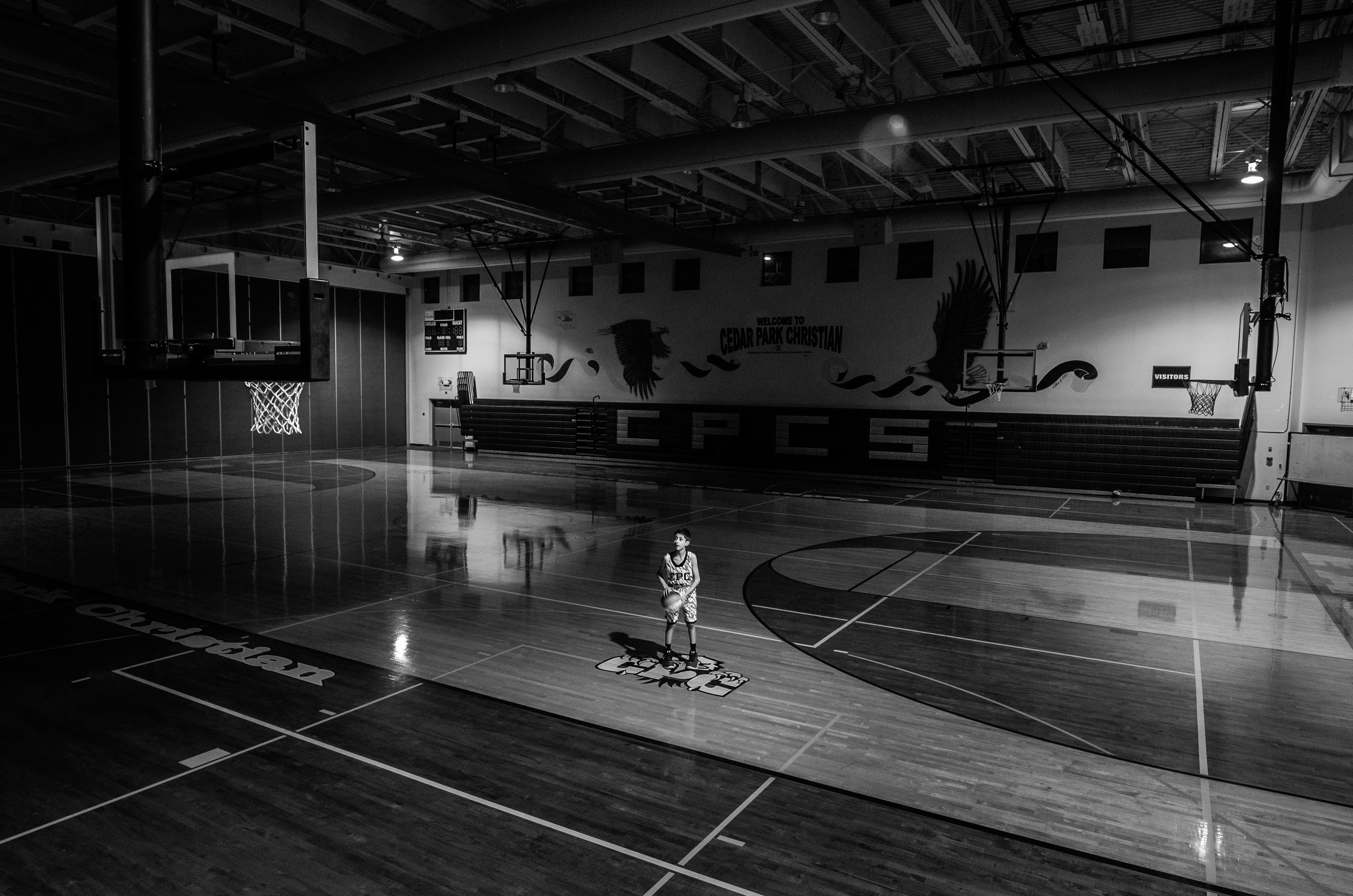
SportTec
Overview
Currently (as of Spring 2018 when this project first started), smart-performance shooting sleeves for basketball are only available for NBA players and select NCAA college teams due to the customization and resources needed to manufacture each sleeve. Every player is unique in size and shape and due to the price of the technology, one has not been made available for the everyday player. SportTec's mission is to bring this same technology to the recreational basketball player so athletes of all levels of play can improve their game and be aware of their health.
My Role
Worked in a multidisciplinary group of three (myself and two industrial/software engineers) where we collaborated on the product development and the gathering and recording of data measurements. Being the only designer on the team, I lead the design efforts (UX/UI) on the mobile app.
My Responsibilities
· UX/UI (user flows, wireframe sketches, and high-fidelity mockups)
· Research (market research, gathering of measurements for sleeve sizing)
· Prototyping (InVision and Principle)
Hypothesis
Although current wearable technology devices offer valuable data to athletes and their trainers, the NBA does not allow for this type of technology to be used during official games. This is due to concerns regarding safety and potential advantages to players using the technology verses those who are not. The manufacturing of safe and scalable products present a challenge; it requires meeting the needs of league standards and individual customization per player body specifications. Our experiment will focus on the scalable aspect of creating a fitting sleeve for all body types. Can we create a sleeve that will account for 95% of our population?
Solution
A smart-performance basketball sleeve with an accompanying mobile app for the everyday player that will allow them to track shooting accuracy, heart rate (bpm), and caloric expenditure.
Note: Some time after this project was completed, I revisited it, polished up the design, and made fresh mockups. You can find that process at the bottom of the page. Thanks in advance for reading!
I. Study
In order to get a random sample of data, we visited the Cal Poly Recreational Center and took arm measurements of the people who were playing basketball. We measured a total of 20 athletes from a variety of genders to accommodate for as wide a population as possible.
Variables
· Control: our own example sleeve (without the sensors) to compare measurements of users with similar dimensions, see what limitations currently exist with pre-existing size
· Independent: arm measurements (lengths and circumferences of the shooting hand and arm)
· Dependent: size range of the sleeve
II. Data Collection and Results
Planned Measurements
· Wrist, elbow, and bicep circumference in inches
· Flexion extension in degrees
· Wrist to elbow and elbow to shoulder length in inches
· Hand breadth, whole hand length in inches

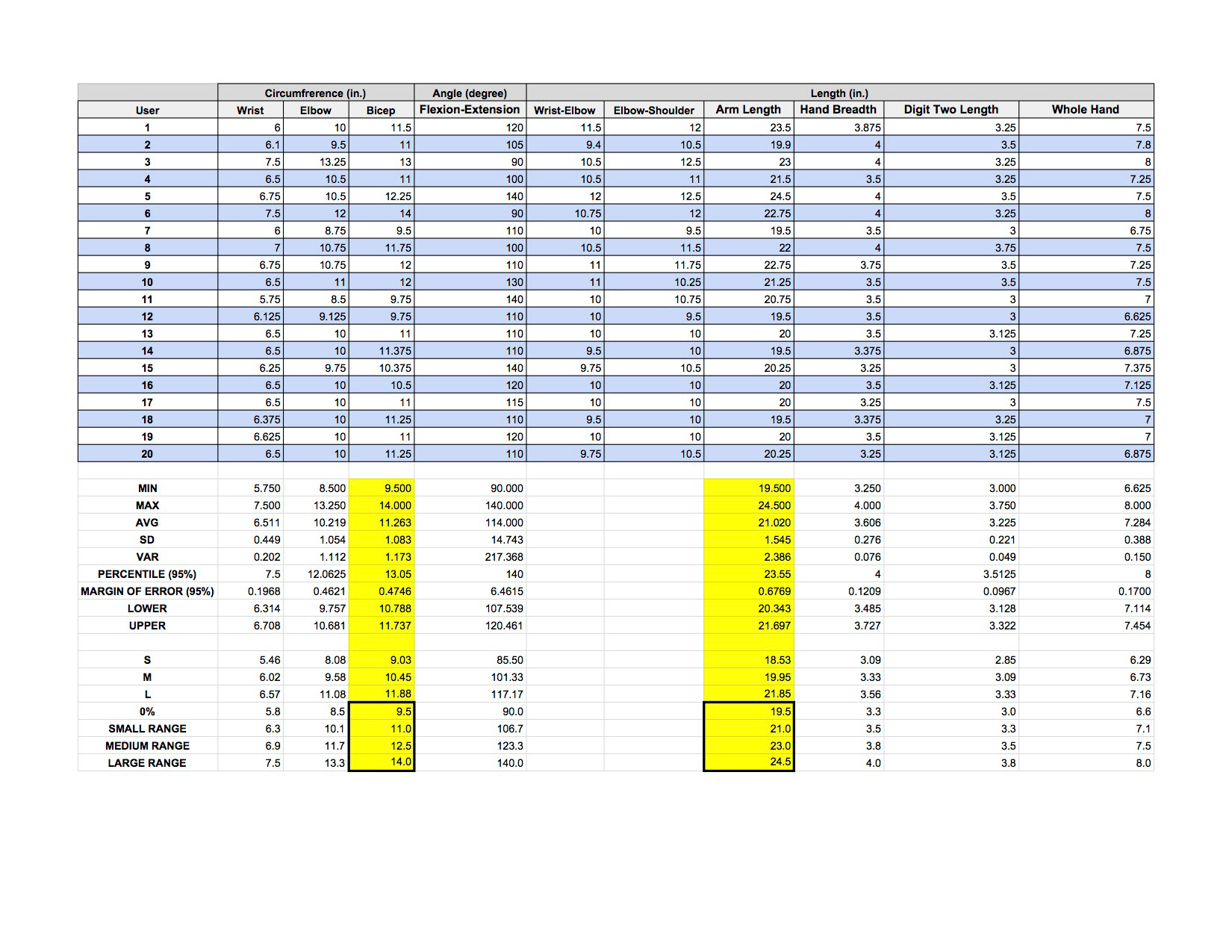
Key Points:
· A one size fits all sleeve ISN'T feasible
· Can create 3 different sizes of the sleeve to accommodate our desired total of 95% of our population
Sizing Chart
After analyzing our data, we discovered that our hypothesis of creating a one-size-fits-all shooting sleeve wasn't going to be possible. However, as a result, we took our data and created a sizing chart made up three (Small, Medium, and Large) sizes to accommodate 95% of our potential customers.
III. Research
Results
· There are a fair amount of basketball training apps that exist, however, there are no smart shooting sleeves available to the recreational basketball player
· Opportunities: no other training app is tracking heart rate, caloric expenditure, or giving insight on arguably one of the most important parts of training - recovery
· Other Apps: bold colors, data visualization, and an emphasis on signifiers were common themes I found when analyzing their designs
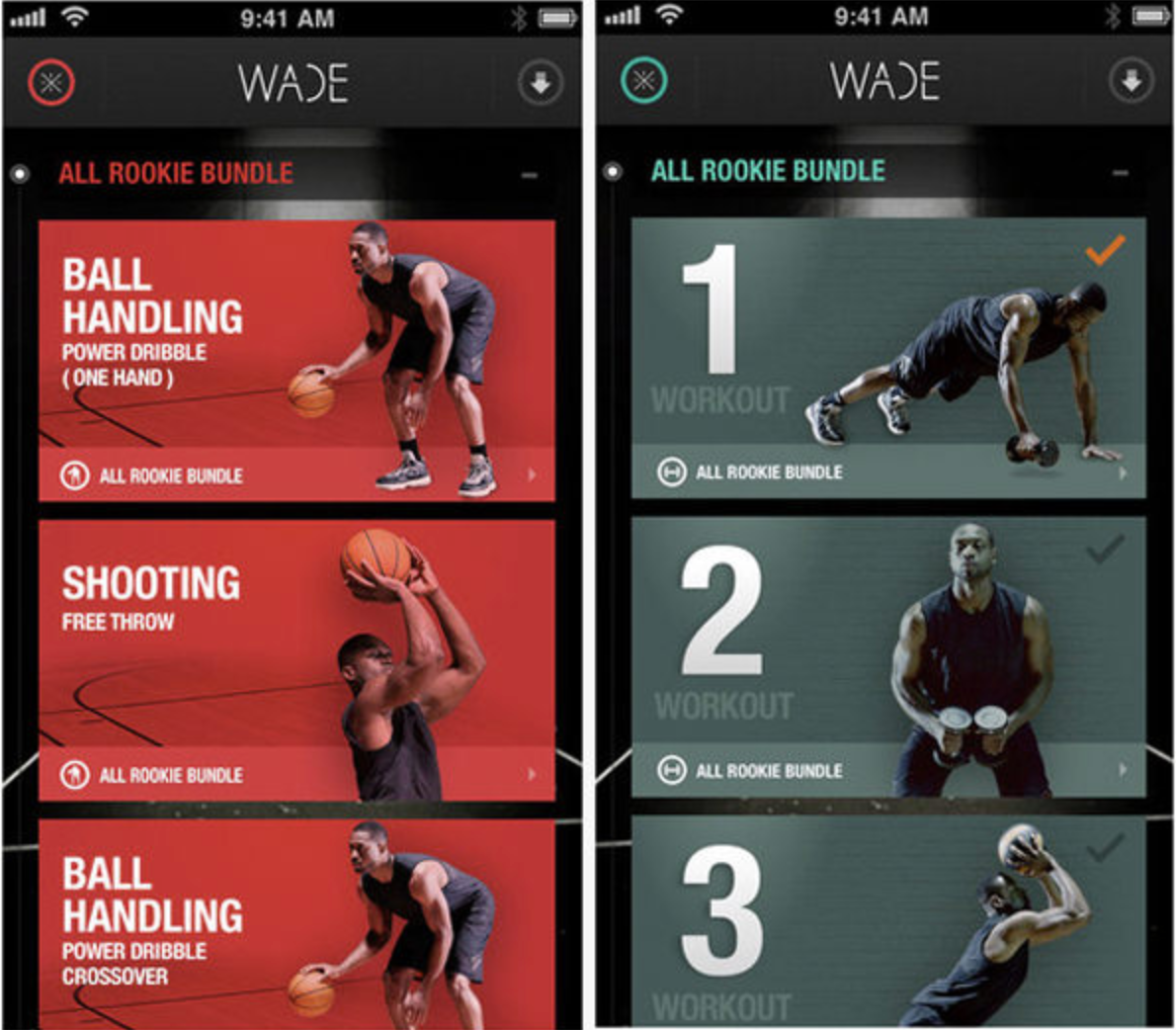
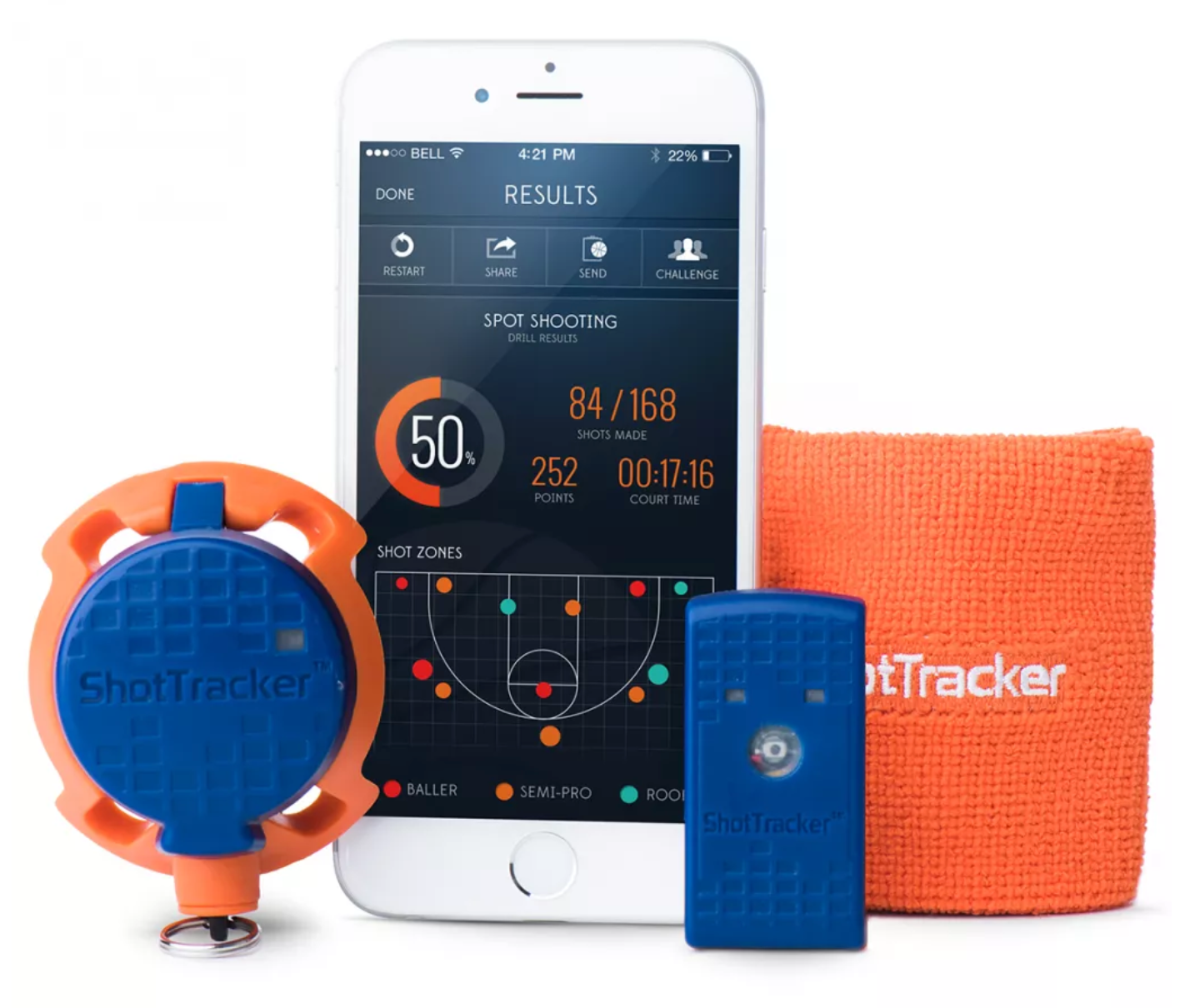
IV. Mobile App
We opted for a mobile app to go along with the sleeve due to the large number of smartphone owners that would have access to the app in order to meet customers where they already are with their technology/devices. With the power of the data that the sleeve's sensors are collecting, athletes will not only know how to improve their shooting, but they will also be able to keep track of their overall health.
The focus of the mobile app would be designing easily understandable data visualizations and creating recognizable mental models with our UI elements in order to create an easy-to-use experience for our wide, diverse range of possible users.
Feature Brainstorming
· Workout history (Weekly, Monthly, All)
· Breakdown of every type of shot during workout (free-throws, field goals, three-pointers)
· Track workouts in real-time (release angle, shots made and attempted, heart rate, caloric expenditure)
· Give users feedback on how to improve based on data collected (strengths, areas of improvement, data to consider)
· Give users insight into how to best recover in between their training
Wireframe Sketches




Low-Fidelity Wireframes
· One column card layout instead of the two column grid
· Not overloading the user with information, focusing on only on the necessary at each step of their experience
· Clear visual hierarchy fueled by typography weight and visual cues
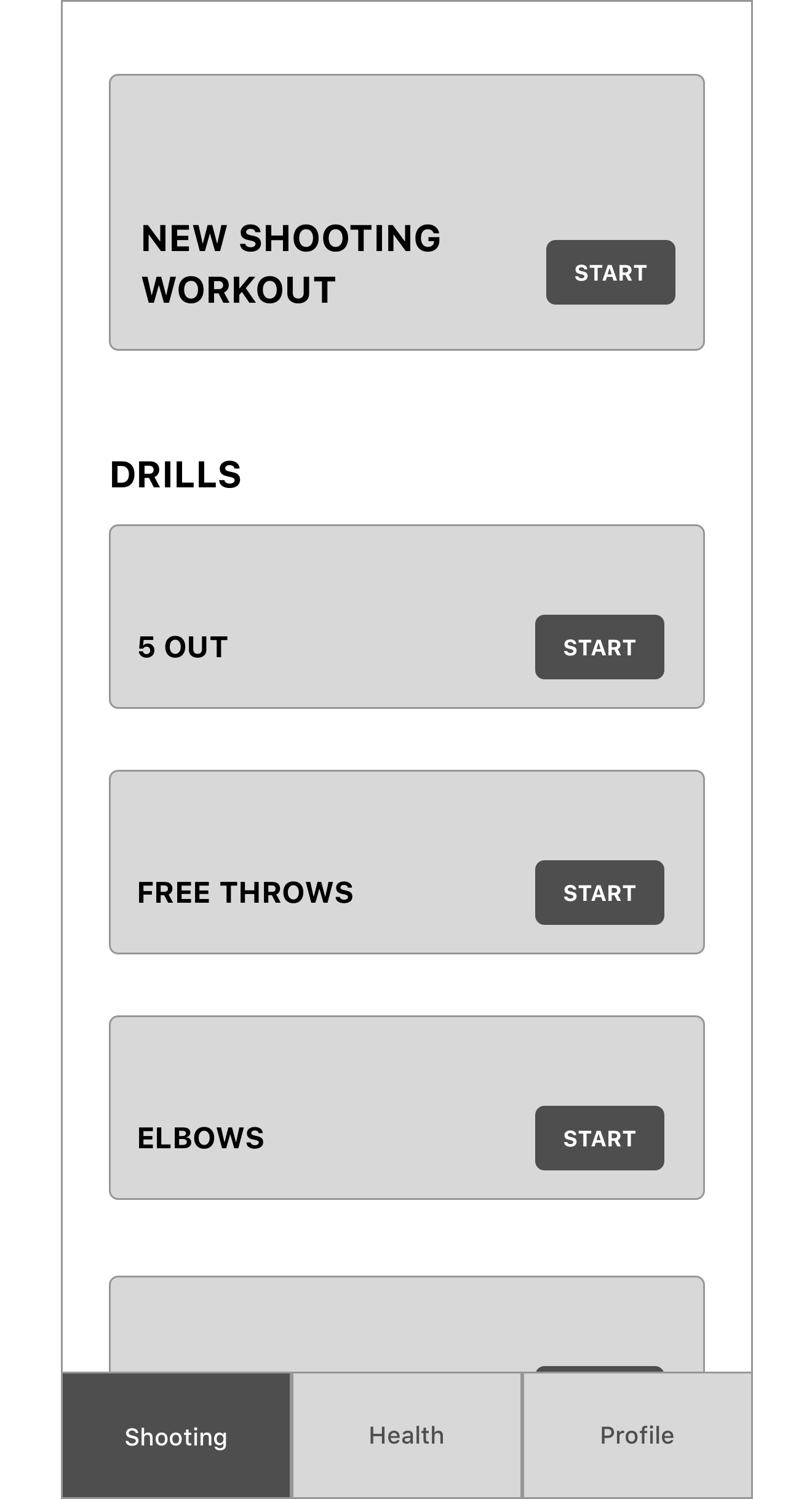
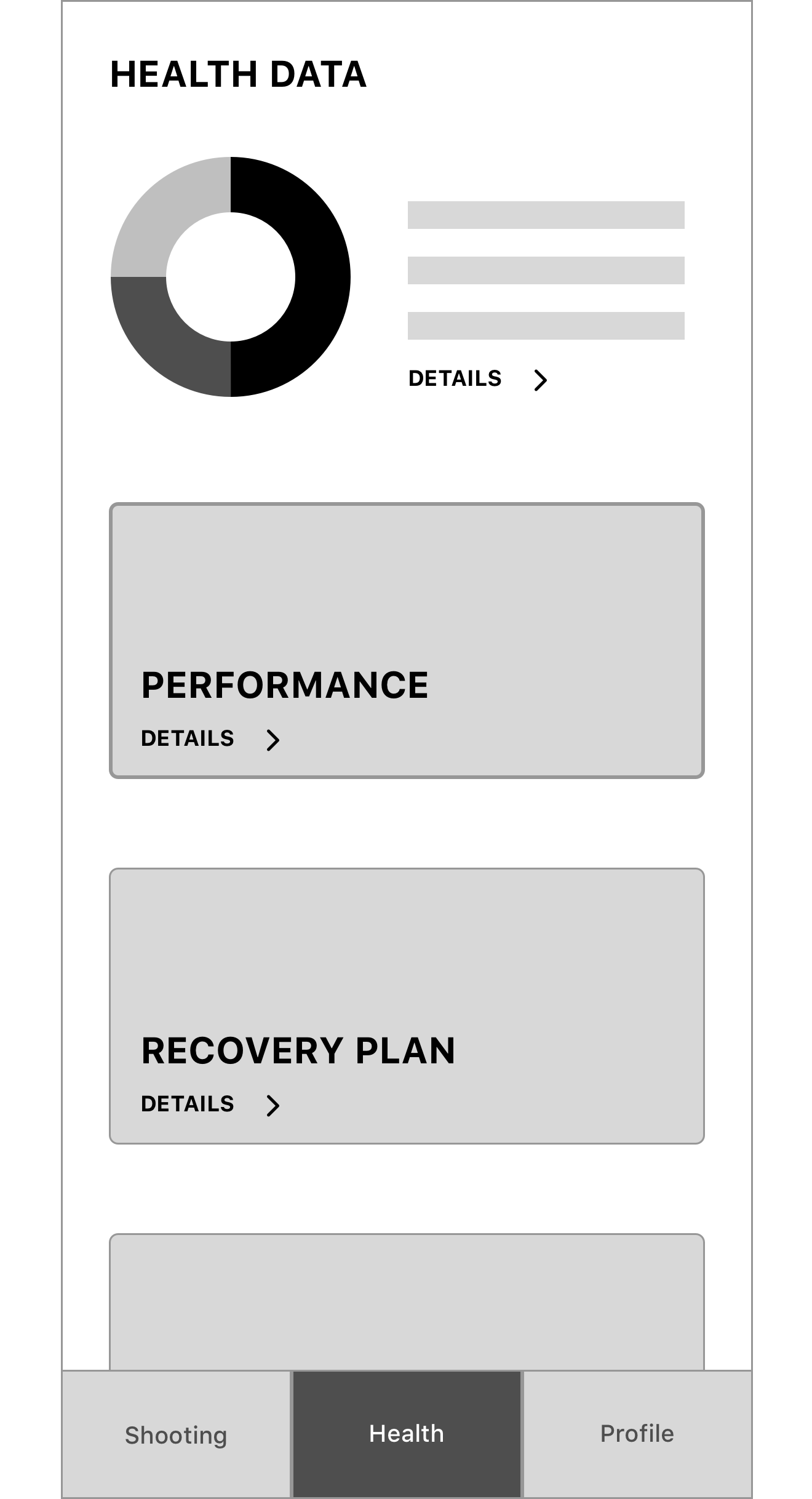

High Fidelity Mockups
· Color palette that is consistent and took accessibility into account (all elements are at a contrast level of at least a WCAG 2.0 AA)
· Single column layout to make the card buttons stand out, along with color blocks to provide focus
· Using basketball court illustrations to better display where and how the workouts are going to be performed and staying consistent with how current basketball shot charts are displayed (filled circles or stroke-only circles translating to made or missed shots)
· Focusing on creating an experience that users don't need to learn how to use, but can be easily figured out with the help of visual aids
· Screens designed in Sketch and prototype made in Principle
V. Reflection
What I Learned
Sometimes you make discoveries early on in the process that end up forcing you to change the overall direction of the project.
· Flexibility and a focus on solving the problem by any means is the most important thing when pivoting away from your original hypothesis
· With a product that can be used by multiple sub-groups of people (age, gender, skill-level, etc.), one must always use inclusive language to show
What I Would Do Differently
· Since this project didn't require testing of a prototype, I would love to be able to put this in front of a group of people and get their feedback
· A round of testing and another round of iterations would allow the app to be seen and used by a new set of people (other than myself and my teammates)
· Take into account the different sub-groups within the potential user group (by being aware of how age, gender, culture, and any visual or auditory impairments can impact a user's experience with the design)
